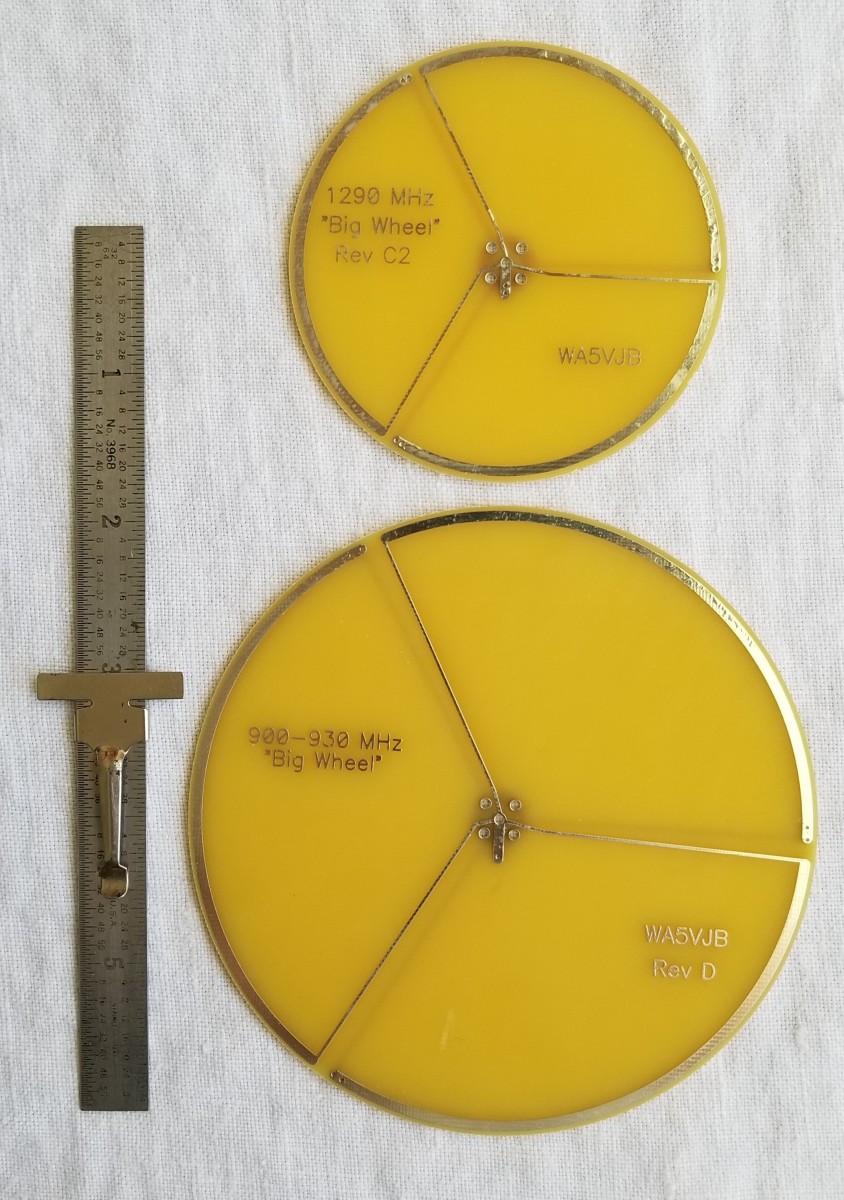Tamara Wilhite The Directional Discontinuity Ring Radiator or DDRR antenna was developed to meet the need for very low frequency antennas on ships. In fact, the original design was classified. They didn’t become public knowledge until an article about “hula hoop antennas” came out in 1963. More importantly, they continue to be used in ELINT or Electronic Intelligence today.
The Advantages of DDRR Antennas
Perhaps the biggest advantage of DDRR antennas is their small size relative to the wavelength they receive. (They have a one quarter wavelength element.) Given the low frequencies (2 to 30 MHz) they received, this makes them significantly smaller than half wavelength antennas. They have a very simple design. According to Madjid Boukri, VE2GMI, the first versions of the DDRR antennas, were made out of four-inch diameter aluminum tubes mounted over a metallic structure like a ship. Rigid copper tubing can also be used. Doctor Boyer actually recommended four-inch wide (or wider) tubes if the pipe is more than 75 meters long. The first DDRR antennas were connected to the ship with several aluminum posts, while fiberglass posts supported the rest of the structure. However, they can work if you don’t have a purely metal ground plane beneath them. Yet you must fully isolate the DDRR antenna from the ground if you want it to work well. This could be as simple as using fiberglass or PVC pipes as supports. A side benefit of this is that you can build a very large antenna out of generally low cost materials. Their low height makes them a good choice for ships or vehicles need to literally maintain a low profile. For example, they’ve been used on heavy tanks and armored vehicles. It isn’t going to be knocked down or damaged when you pass under a bridge. Nor do you have to wait for it to fully extend to be able to communicate. A side benefit of the design is that they’re hard to damage, so they’ll often continue to operate if hit by shrapnel or falling debris. The low ring could also be protected by a cover on the roof of the vehicle if it isn’t built into the vehicle roof itself. Note that DDRR antennas are still used in water meters today. The metal loop design means it has low noise and very low impedance. This makes it almost immune to EMI from voltage spikes or lightning. It has a very high Q, too Because it is a ring antenna, it is an omni-directional antenna.
The Disadvantages of DDRR Antennas
They are lossy. This means they consume a lot of power relative to the signal they put out. Performance can be improved by adding radials. It will only receive a very narrow frequency band. It is hardly better than wheel antennas in this regard.
Observations About DDRR Antennas
DDRR antennas are difficult to tune. In the original design, a high voltage vacuum capacitor was used to tune the antenna. In later concentric circle DDRR antenna designs, additional posts were added that could be moved to adjust the standing wave ratio or SWR. On the other hand, they can be tuned remotely. And it is possible to get an SWR of 1.0 to 1.1. According to “A 40-Meter DDRR Antenna” by W. E. English, that SWR could be achieved across the entire band. © 2020 Tamara Wilhite
